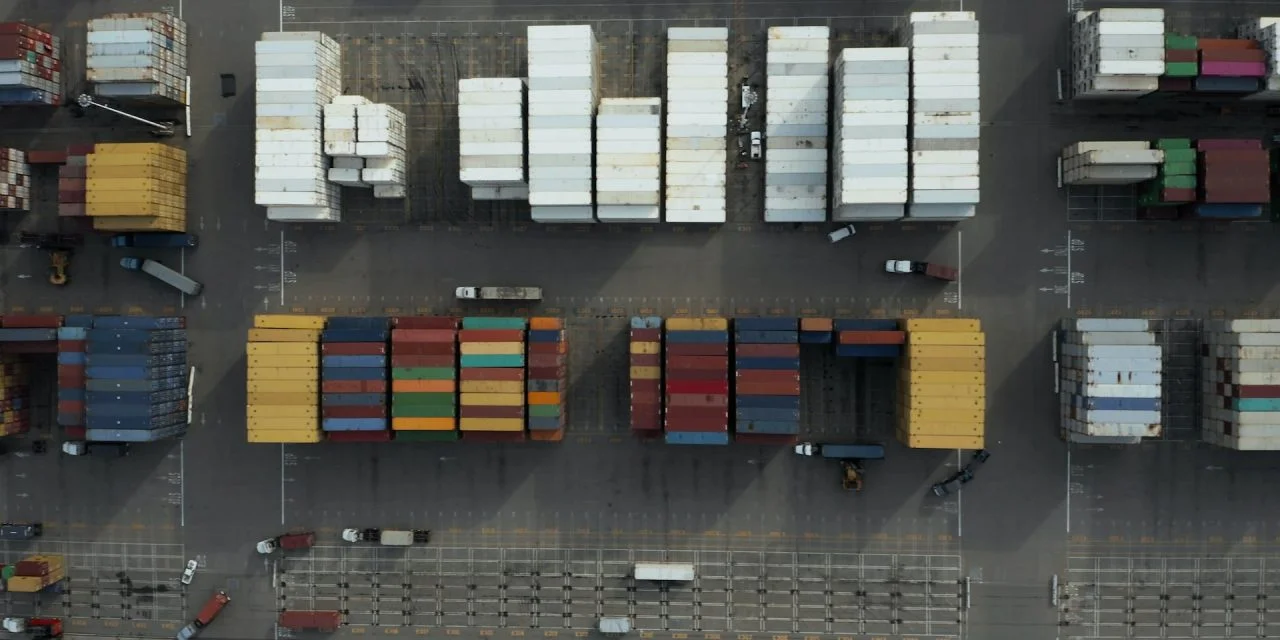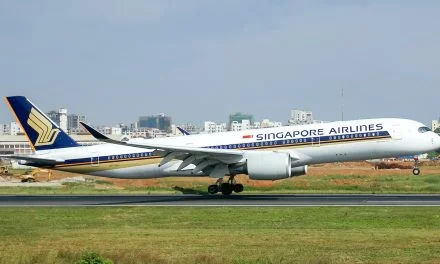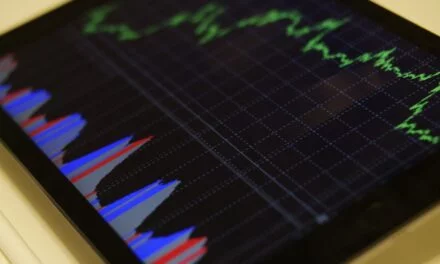The ASEAN manufacturing sector saw its pace of growth slow for the third consecutive month in July and is now flirting with contraction territory, according to official PMI data released Wednesday.
The headline S&P Global ASEAN manufacturing purchasing managers’ index slid to 50.8 in July from 51.0 in June. Anything below 50.0 signals that the sector contracted during that month.
Sluggish output and new orders
July’s PMI for the region signalled the weakest improvement in the health of the ASEAN manufacturing sector since last December.
“PMI data for the start of the third quarter highlighted a sustained slowdown across the ASEAN manufacturing sector. Both output and total new orders expanded at weaker rates than in June,” said Maryam Baluch, an economist at S&P Global Market Intelligence.
“Moreover, data suggested that growth was predominantly driven by domestic markets, as new orders from overseas contracted at an accelerated pace.”
External demand has been dampened as the US has been fighting rampant inflation through tighter monetary policies, while China’s post-Covid recovery sputtered out after a strong first quarter.
Green shoots for external demand
However, demand may be looking up for two of the largest trading partners of the ASEAN region.
Last week, China’s Politburo, which is a top decision-making body led by President Xi Jinping, announced plans to implement expansionary policies to address the current weak economic outlook.
“[China’s Politburo] vowed to implement a counter-cyclical policy to boost consumption, more support for the property market, and ease local government debt,” said Oanda Senior Market Analyst Kelvin Wong in a note last Thursday.
Meanwhile, recent positive US bank earnings have increased hopes for a “soft-landing” after a spate of interest rate increases to fight inflation stoked fears of an incoming recession.
“It doesn’t look like we will see a major credit crunch anytime soon and that could mean good news for the recovery that takes hold next year,” said Edward Moya, also a senior market analyst at Oanda, in a note on July 20.
Both of these bode well for overseas new orders for the ASEAN region, although positive ripples will likely take some time before they lap the shores of the ASEAN manufacturing sector.
ASEAN manufacturing sector led by Indonesia
Turning back to the ASEAN PMI release, on a country-by-country basis, Indonesia led the PMI rankings for the first time in 20 months. The country’s latest reading came in at 53.3, ticking up from 52.5 in June.
After the headline index eased to an 11-month low in June, manufacturing firms across the Philippines also registered a stronger improvement in conditions in July, S&P Global said. The Philippines’ PMI was 51.9 in July, improving from 50.9 in June.
Goods producers in Myanmar were not far behind with a headline PMI reading of 51.1, up from 50.4 a month prior.
Thailand, which was the best-performing nation in five of the last six survey periods, printed a reading of 50.7, down from 53.2 in June.
Malaysia led the laggards with a PMI reading of 47.8, showing a marginal improvement from 47.7 in June.
Vietnam’s manufacturing sector contracted at a slower rate with a PMI of 48.7 compared to June’s 47.7.
Singapore swung into contraction territory, with a PMI of 48.5 in July from 52.7 in June. This was the lowest reading the city-state has recorded in nearly two years.
ASEAN manufacturing sector outlook
In the near-term, S&P Global’s Baluch said that output will likely remain subdued.
“The outlook for output seems to have dimmed, as signalled by the Future Output Index slumping to a three-year low. Lingering global market uncertainty, China’s softening post-COVID recovery, and relatively subdued domestic demand all weighed on sentiment,” she said.
The S&P Global ASEAN manufacturing PMI is compiled by S&P Global from responses to monthly questionnaires sent to purchasing managers in panels of manufacturers in Indonesia, Malaysia, Myanmar, the Philippines, Singapore, Thailand and Vietnam, totalling around 2,100 manufacturers. These countries account for 98% of ASEAN manufacturing value added, according to World Bank world development indicator.
Data were collected between July 12 and 25.







